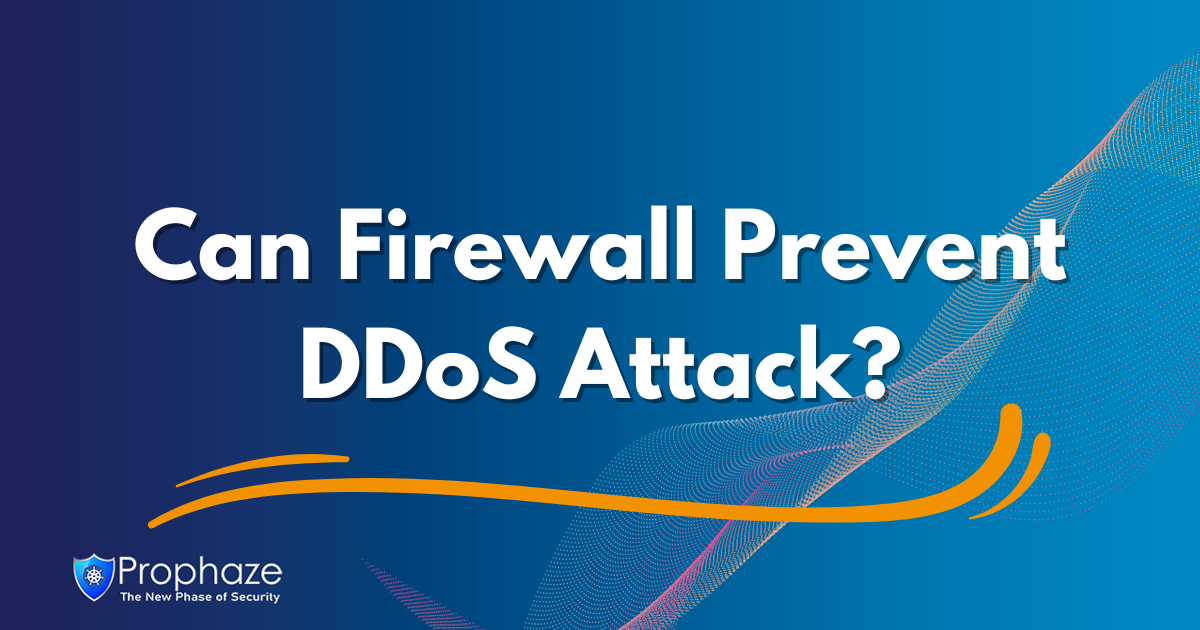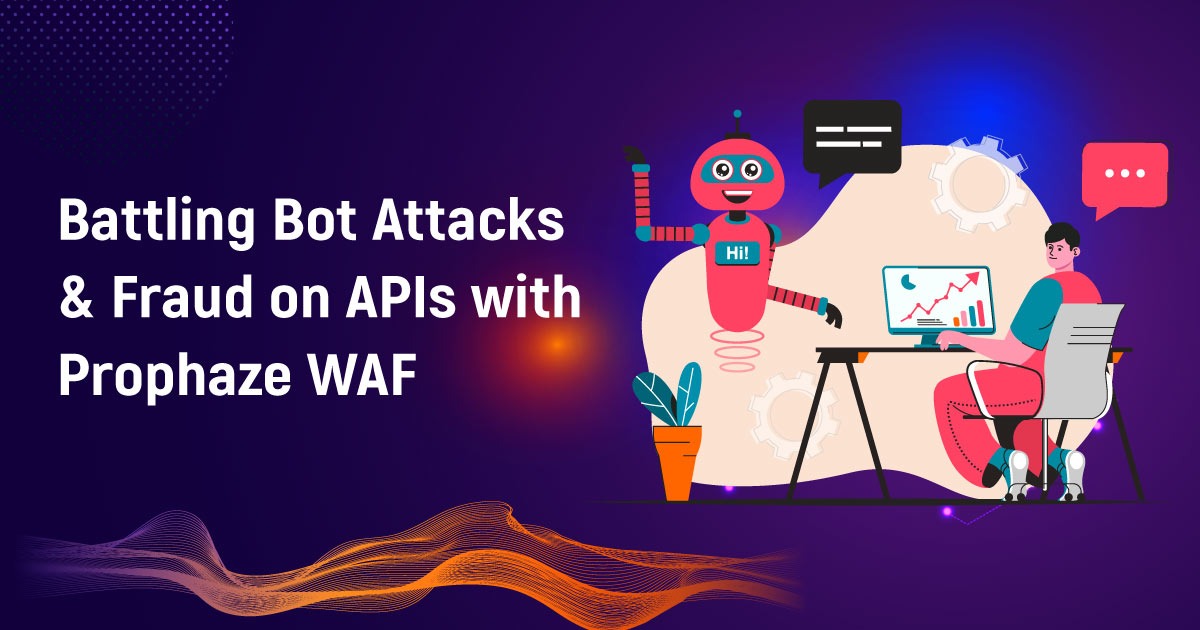Unveiling the Tactics: How Hackers Exploit DDoS Attacks
Hackers seeking to disrupt online services and cause chaos have increasingly turned to DDoS attacks. Hackers can safely stop authorized users from accessing a target system or network by flooding it with traffic or requests.
Disruption of Services:
To disrupt the availability of online services is one primary motive behind DDoS attacks. Hackers may target e-commerce websites, online gaming services, financial institutions, or any organization that relies heavily on its online presence. When hackers overload these systems with traffic, service interruptions may happen. The following may cause users to become irritated, which could affect the target companies’ reputation and financial stability.
Diversion and Distraction:
In order to divert the attention of security teams and IT personnel, hackers may employ DDoS attacks as tactics. While addressing the DDoS attack and its impact on resources, hackers may leverage other vulnerabilities present within the system to attain unauthorized access, purloin confidential information, or introduce malware. Hackers can conduct more sophisticated attacks with potentially devastating consequences by diverting attention and resources.
Competitive Advantage:
To gain a competitive advantage, hackers occasionally launch DDoS attacks against rival organizations. They aim to divert customers or users to their platforms by disrupting the target’s online services. That impacts the revenue and market position of the targeted company. This malicious tactic empowers hackers to diminish competitors and potentially secure a larger market share.
Revenge or Ideological Motivations:
Hackers may use DDoS attacks to exact revenge or advance their ideological agendas. Government agencies, political entities, or specific individuals are potential targets for them if they perceive them as adversaries. These attacks are used to express their displeasure, spread their message, or obstruct the activities of entities they oppose.
Botnets and Renting Services:
To launch DDoS attacks, hackers frequently utilize botnets composed of compromised devices. Infecting numerous computers, smartphones, or other Internet of Things (IoT) devices allows hackers to orchestrate a coordinated assault on a target. Renting these botnets from underground markets sometimes enables hackers with limited technical expertise to conduct sophisticated attacks without needing extensive resources.
Conclusion
Cybercriminals and hackers now heavily rely on DDoS attacks as their preferred method. Hackers can cause significant harm to targeted organizations by disrupting online services, diverting attention, gaining a competitive advantage, or seeking or promoting ideological agendas. Businesses must first understand the motivations and techniques employed by hackers to fortify their defenses and implement effective mitigation strategies. Organizations can invest in DDoS protection solutions to reduce the impact of attacks. To preserve the trust of their customers and users in a world that is becoming more interconnected, they can safeguard their digital infrastructure.









